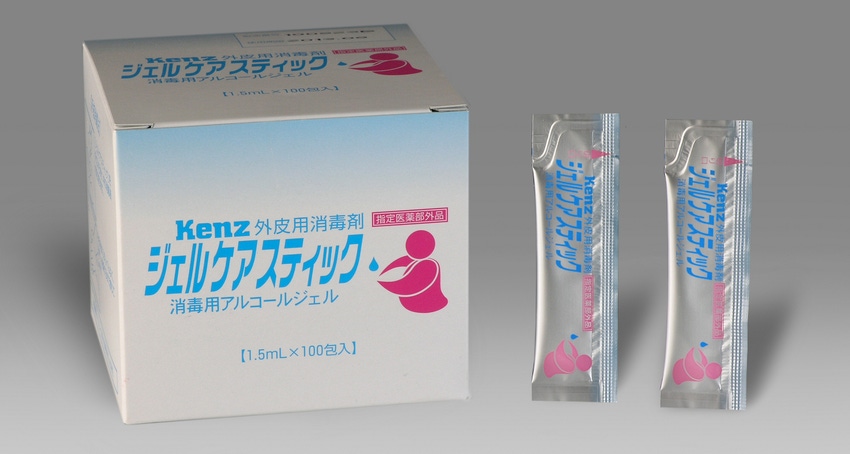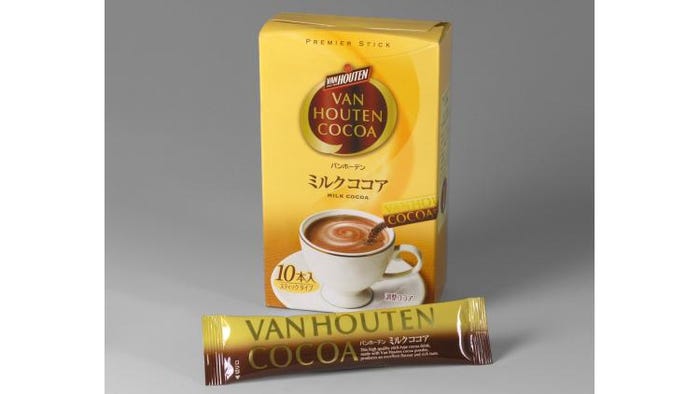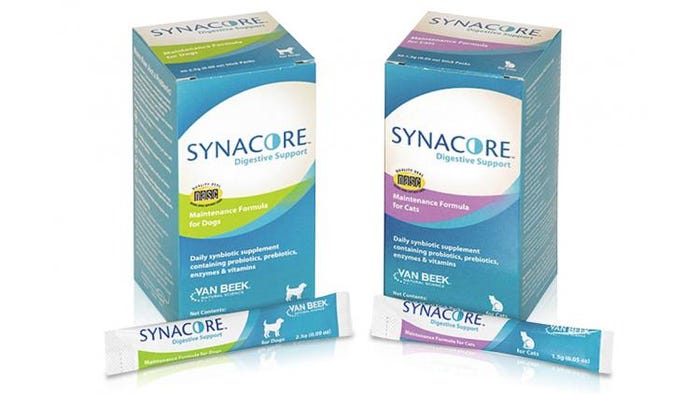Pharma/OTC, quick-serve and pet brands make it ‘stick’

It’s hard to remember a time when stick packs were not the go-to package structure in a variety of product categories. But only 20 years ago, flexible packaging in the shape of a stick was a radically new concept, at least in North America.
Neil Kozarsky, CEO and president of Technical Help in Engineering and Marketing (T.H.E.M.), recalls: “Back in ’96, when T.H.E.M. introduced the first stick packs to the USA market, consumers didn’t know what they were! The closest thing people had seen to these innovative single-serve packs were Pixy Stix—flavored sugar for kids that was dispensed directly to their mouth.”
Since then, brand owners with products ranging from powdered drinks to Dijon mustard have adopted stick packs as a convenient, portable single-serve format. Kozarsky sheds light on three developments that he believes will drive the continued growth of flexible stick packaging.
1. You’ve predicted that stick packs will enjoy a healthy entrance into pharmaceutical and over-the-counter (OTC) markets. Why is that?
Kozarsky: Obviously consumers now know that stick packs can be used for a range of applications and market segments, including beverage, energy, dietary supplements and OTC products, too. Current examples in the USA and overseas include aspirin, Tylenol and other pain-relief medications (see image above). Advanced stick machinery and filling technologies now allow consistent dosing in tamper-evident pack formats, for dry and liquid products; and machines are available to meet pharmaceutical-design and sanitary-compliance levels. With an aging population, the FDA really likes perfect-dose packs that reduce the potential for improper measuring from larger, bulk containers.
In addition, consumers can see the benefit of fresher medicine. Since life for many is on the go, all the time, these portable purse- and pocket-friendly sticks are a perfect solution when taking meds away from home. Since all consumers now know what stick packs are and have used them, the time is opportune for these convenient packages to expand more rapidly into higher-level applications, including health.
Next, a case for high-end quick-serve applications...

Stick packs for elegant cocoa from Van Houten provide easy dispensing and use less material than other packet types.
2. You have also predicted the emergence of upscale quick-serve stick packs. What is driving this development?
Kozarsky: When Sanko invented stick packs in Japan more than 40 years ago, most applications were dry condiments, including sugar, sweetener, tea, coffee and cocoa. The technology was available for liquid sticks long ago, but cultural barriers in Japan prevented use of sticks for ketchup and other popular condiments. The potential for consumers getting product on their fingers was simply not acceptable.
Fast forward to the USA today: Many quick-serve restaurants are entering the market, and their message is higher-quality, fresher food. One strategy to gain consumer attention is to use a more upscale package to serve condiments. Stick packs are ideal as a point of difference, and they drive a higher value perception. Opening designs allow consumers to use the condiments in stick effortlessly and neatly. Also, sticks can provide larger fill sizes to address consumer frustration at having to use several packets for one order of fries or a single burger.
Sticks have always been used to differentiate brands. That is why they are an expanding presence in more upscale restaurants. Sticks also have the potential to use less film than traditional packets for the same serving amount. All companies are under pressure to source reduce, and sticks can be part of that.
Next, benefits for pet products...

Synacore's digestive support supplement for dogs and cats comes in portion-controlled stick packs.
3. Finally, you’ve predicted that pets will experience the same stick-pack advantages as their owners, going forward. Please tell us about that.
Kozarsky: Stick packs offer the same features and benefits for two-legged and four-legged consumer brands, providing differentiation on-shelf, portion control, tamper evidence and high value perception. Spot has to watch his/her waistline, too! Pets in the USA have obesity issues. Portion-control sticks are an elegant and upscale means to keep cats and dogs on their diet. Dry kibble in sticks has been on the market in Japan for decades. It is only a matter of time until sticks are on shelves in the USA for pets. Material savings will also help drive increasingly cost-conscious brand owners to leverage stick packaging.
About the Author(s)
You May Also Like




